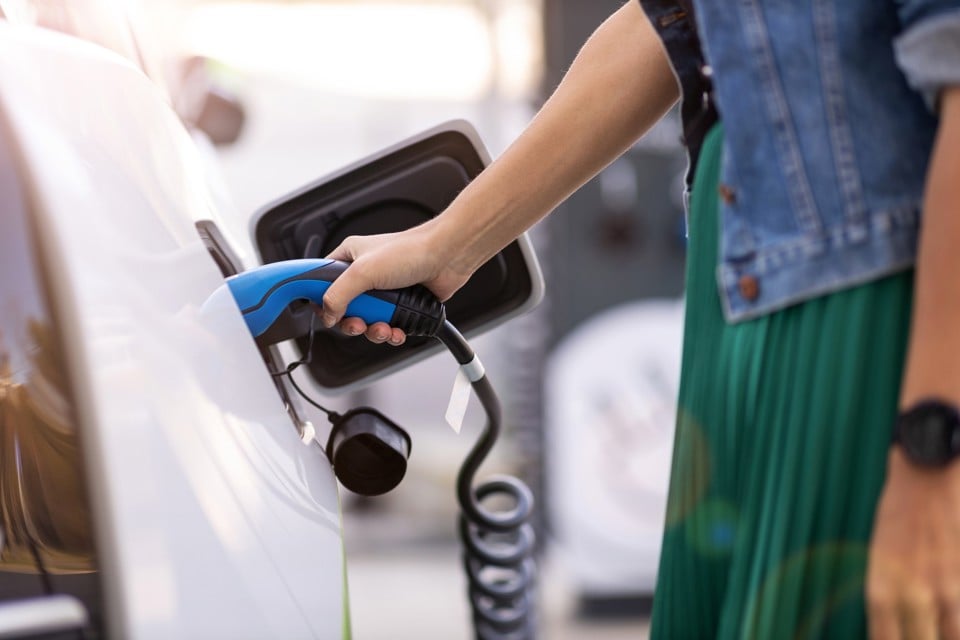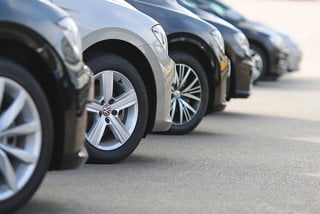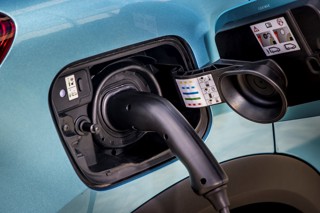Almost three-quarters (73%) of large fleets want shorter charging times which can compete with a five-minute fill-up of fuel, according to Autofocus.
Longer ranges would benefit employee productivity, it says, saving valuable time on the road.
Across the company car parc, 43% of vehicles make frequent national business journeys and extended charging durations, together with a lack of charging facilities, cause excessive downtime.
In the latest issue of Cox Automotive’s quarterly insight roundup, AutoFocus, and research organisation 360 Media Group highlight the sector's key trends and current requirements.
“Future EV investment requires better charging infrastructure – the ratio of chargers to EVs will soon become a critical measure, particularly in cities and clean air zones,” said Ian Richardson, managing director of the 360 Media Group.
However, Cox Automotive and 360 Media Group say that optimism for a greener motoring future has never been higher and it’s not just the UK’s major fleets committing to electrification.
SMEs are also making the switch, but with limited time to make decisions, companies must be equipped with crucial EV information and support to accelerate the adoption of cleaner forms of transport, they say.
Discussing the transition to EV in the UK, Philip Nothard, insight and strategy director at Cox Automotive, said: “There used to be so many obstacles to EV adoption to overcome – fast forward to 2019 and UK fleets had started to dip their toes into the EV pool, ordering their first electric cars. Favourite models included the Nissan Leaf, Tesla Model 3 and Volkswagen e-Golf.”
Continued progress within the electrification journey was further illustrated by the Government’s recent withdrawal of the ‘Plug-in Car Grant’, which, according to Richardson, “barely registered among our audience of 200 fleet buyers”.
“Their EV strategies are signed, sealed and in the process of being delivered (when the new vehicle supply shortage allows),” he added.
Yet, the transition isn’t without its shortcomings. A primary concern for UK fleets is that HMRC is planning double-digit taxation on electric company cars.
As Ian Richardson explains: “There needs to be greater certainty around benefit in kind (BIK) tax tables beyond 2024/25.
“The taxation may not be as high as the 37% BIK tax levied on many ICE vehicles, but the higher list price of BEVs means the impact on drivers’ tax bills would be significant.”
He continued: “The end of the Electric Vehicle Homecharge Scheme has also reinforced the desire to bundle the cost of a home charger with the monthly leasing rental – 57% of fleets have requested this.
“Total Cost of Ownership (TCO) of EVs is also an issue for a third of fleets, who are unsure if they can compete with internal combustion engine (ICE) vehicles.
“Unfortunately, predictions of vehicle price parity by 2026 are doing little to alleviate these concerns, proving that it isn’t just the Government that needs to up its game, with manufacturers and leasing companies also feeling the pressure.”
Furthermore, HMRC’s AER (Advisory Electricity Rate) “woefully underestimates” the true electricity cost per mile of an electric van, says Richardson.
“Overall, 43% of fleets seek an electric charge payment reimbursement solution… this is currently their number one administrative burden,” he said.
Nothard agrees with Richardson that everyone must do more to make electrification a viable avenue for more businesses. “It’s clear the UK is making great strides in the EV market for all manner of vehicles,” he added.
“As 360 Media Group reported, over half of fleets are confident in the Government achieving its target to end the sale of cars and vans with internal combustion engines by 2030.
“Forecasts suggest two out of every three UK fleets will order an EV during the next 12 months, which is a huge development. Yet in order to support this burgeoning industry, a comprehensive infrastructure overhaul must be implemented as soon as possible.”
He concluded: “The responsibility must be shared across the automotive sector – with manufacturers, leasing companies, charge point operators, charging payment solutions and remarketing channels all playing their part.”
























Login to comment
Comments
No comments have been made yet.